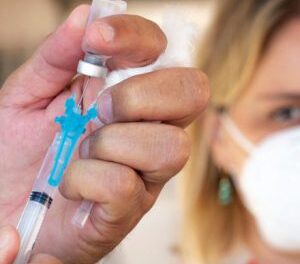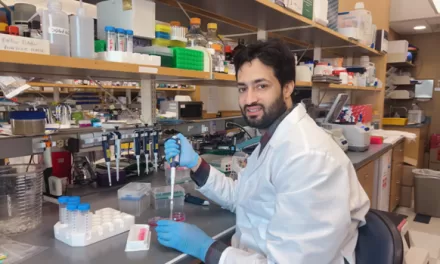October 19, 2024
A groundbreaking study from Geisinger has revealed a significant link between the Y chromosome and an increased risk of autism spectrum disorder (ASD), shedding new light on the reasons behind the higher prevalence of autism in males. The findings were published today in Nature Communications.
ASD is a neurodevelopmental condition characterized by challenges in social interaction and communication, alongside restricted and repetitive behaviors. The disorder is known to affect nearly four times more males than females, but the underlying reasons for this disparity have remained largely unclear. One prevailing theory suggests that the protective factors associated with the X chromosome may lower autism risk in females.
Dr. Matthew Oetjens, an assistant professor at Geisinger’s Autism & Developmental Medicine Institute, explained, “A leading theory in the field is that protective factors of the X chromosome lower autism risk in females.” However, this new research shifts the focus towards understanding the potential risks linked to the Y chromosome.
Led by Dr. Oetjens and Dr. Alexander Berry, a staff scientist, the Geisinger research team investigated the impact of sex chromosomes on autism risk by examining diagnoses of ASD in individuals with an abnormal number of X or Y chromosomes, a condition known as sex chromosome aneuploidy. They analyzed genetic and ASD diagnosis data from 177,416 patients enrolled in the Simons Foundation Powering Autism Research (SPARK) study and Geisinger’s MyCode Community Health Initiative.
The analysis revealed that individuals with an extra X chromosome did not show an increased risk for ASD, but those with an additional Y chromosome were found to be twice as likely to receive an ASD diagnosis. This finding suggests a risk factor linked to the Y chromosome, rather than the previously assumed protective factor associated with the X chromosome.
“While these may seem like two sides of the same coin, our results encourage us to look for autism risk factors on the Y chromosome instead of limiting our search to protective factors on the X chromosome,” Dr. Berry noted. He emphasized the need for further research to identify the specific risk factors connected to the Y chromosome.
Additionally, this study supports previous research indicating that the loss of an X or Y chromosome, as seen in Turner syndrome, is associated with a significant increase in ASD risk. The implications of these findings call for further investigation to better understand whether the ASD risk factors associated with sex chromosome aneuploidy can explain the observed differences in autism prevalence between genders.
As the scientific community continues to explore the genetic underpinnings of autism, this study marks a pivotal step towards unraveling the complexities of this neurodevelopmental disorder, particularly in understanding why males are disproportionately affected.












